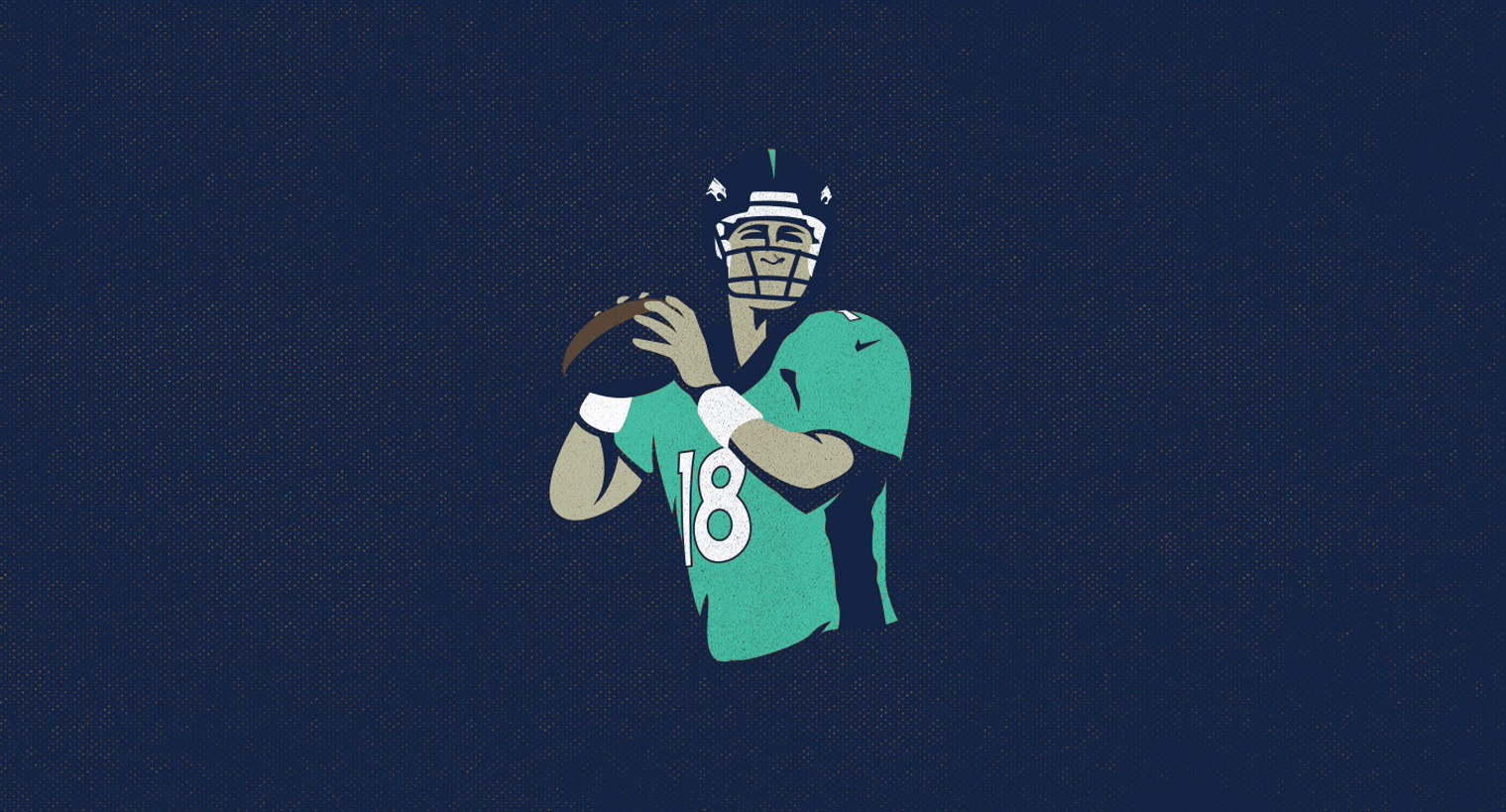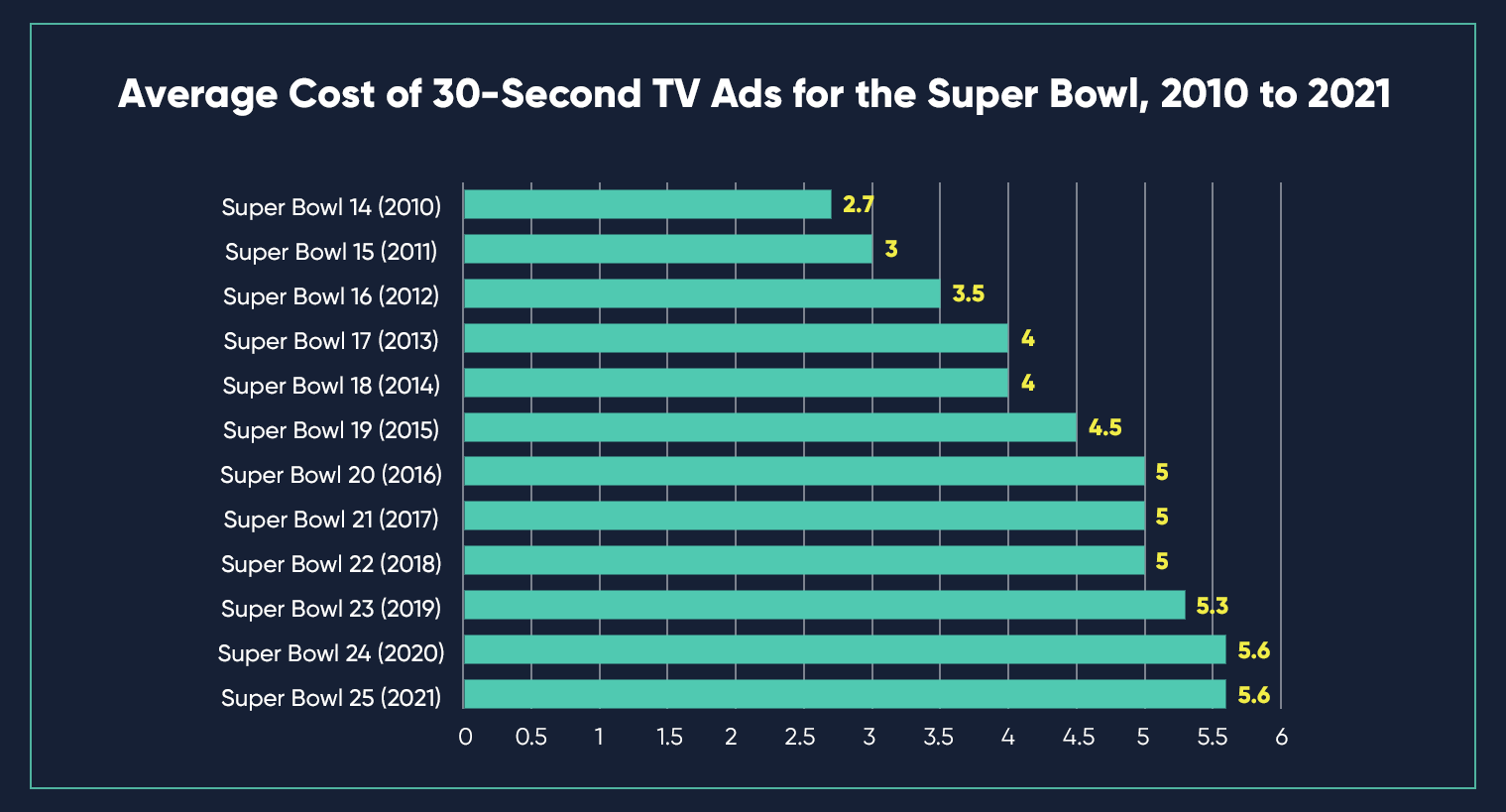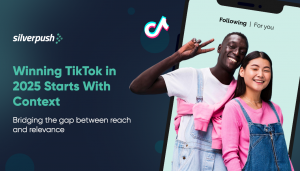Super Bowl Advertising: A Month-Long, Multi-Screen Event for Brands | 30 Jan, 2023

For Americans, there are two events that they hyped for a whole year – Football season, and waiting for football season. Football remains highly popular among Americans, with searches for “NFL Draft” and viewership numbers showing an unwavering interest in the sport. According to Google Search data, football is more popular than any other sports league in the US. Despite the challenges faced by the sport this year, the NFL’s popularity continues to rise, with Nielsen data showing a steady increase in viewership over the past decade, outperforming the top 10 network shows.
The upcoming Super Bowl in February is expected to attract a large audience, making it an attractive opportunity for brands to invest in marketing. Historically, brands have focused on airing expensive commercials during the game, but as consumer behaviors change, the window of opportunity for brands has expanded. As a result, more brands are taking advantage of this opportunity to reach a larger audience.
Super Bowl Ad Cost History
The Academy Awards show is the only event that comes close to having the largest TV audience in the US, but the NFL’s Super Bowl remains the largest TV spectacle, both in sports and the country. Despite some decline in certain areas, the Super Bowl is still considered the ultimate advertising platform by brands and attracts many companies to showcase their products and services.

Reaching the Right Audience has Never Been Easier
As the Big Game approaches and signals the end of the NFL season, advertisers are eager to take advantage of one of the year’s largest TV events, attracting over 100 million viewers annually. Despite a decline in overall viewership last year, the game broke the record with 1 billion total streaming minutes, signaling a shift in the way people watch the event. The entire week presents a major opportunity for advertisers to reach a vast audience across all devices, balancing the reach of linear TV with the convenience of streaming.
Focus on the Task Ahead
Advertisers should take advantage of the fact that viewers don’t just watch the game, but spend the whole weekend consuming related content and updates. This includes the pre-game show, city festivities in Los Angeles, team interviews during media week, and more, providing multiple touchpoints for advertisers. With the extended amount of time, advertisers can reach their target market through various streaming channels, including phones and other devices, expanding beyond just TV viewership.
Achieve More with Less
Advertising during the Big Game is costly, with NBC reported to charge up to $6.5 million for a 30-second spot. However, businesses can still reach their target audience at a lower cost through CTV advertising. CTV ads can be targeted based on online behavior, allowing them to reach the intended audience even if they’re not watching the game.
Targeting Relevant Audiences with Geo-Fencing During the Big Game
Advertising during the Big Game offers a unique opportunity to target relevant audiences through geo-fencing. Advertisers can reach users who have taken action to be at locations such as the stadium, team hotels, host city, and other events related to the game. These audiences are highly engaged, and advertisers can retarget them during and after the game, even across all devices in their household. With granular reporting and attribution, brands can track online and offline conversions and see the impact of each individual geofence from the Big Game weekend.
CTV campaigns offer a chance for advertisers to reach relevant audiences with high-impact ad campaigns. During the big week, many advertisers struggle to stand out, but those using a programmatic platform are better equipped for success. The number of people streaming the game is rising, and fans will be using multiple devices, providing advertisers with opportunities to reach their desired audiences. Real-time reporting also provides insights into campaign performance, allowing advertisers to quickly adjust and allocate budgets to higher-performing channels and markets. Every advertiser has a chance to participate in TV’s biggest event.

BLOGS
3 Takeaways from Cannes 2025: From Performance to Relevance
Last month, Silverpush team kicked off the #SummerOfContext in a big way at the Cannes Lions International Festival of Creativity 2025. To start off the week, we launched a brand new contextual targeting solution for TikTok to help brands with brand safety and higher relevance. We also announced our ...

BLOGS
Partner Spotlight: Ben Salaman, Senior Strategist at PB&
1. Tell us about your agency. What makes you stand out? PB& is a small, independent agency that was founded by people who have spent a lot of their careers in larger agencies. We saw that creativity and efficiency often tend to suffer due to silos, so our founder decided to ...

BLOGS
How to Win at TikTok Advertising in 2025 With Contextual Targeting
TikTok is no longer just a platform for viral dances and trending audio, it’s now a serious force in the advertising world. With nearly 2 billion users and over 1.8 billion reachable through ads, it’s where your audience is spending their time. But while TikTok delivers unmatched reach, it hasn’t ...







